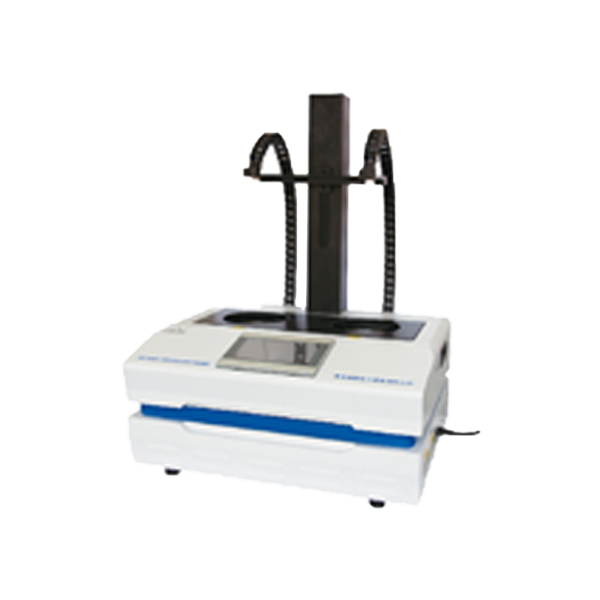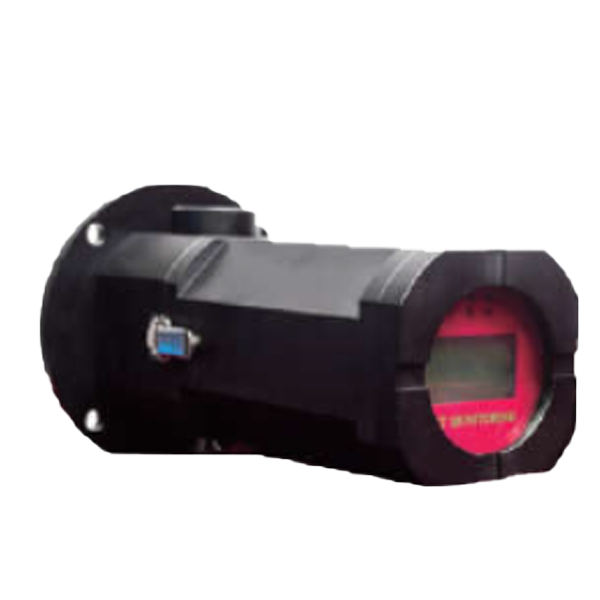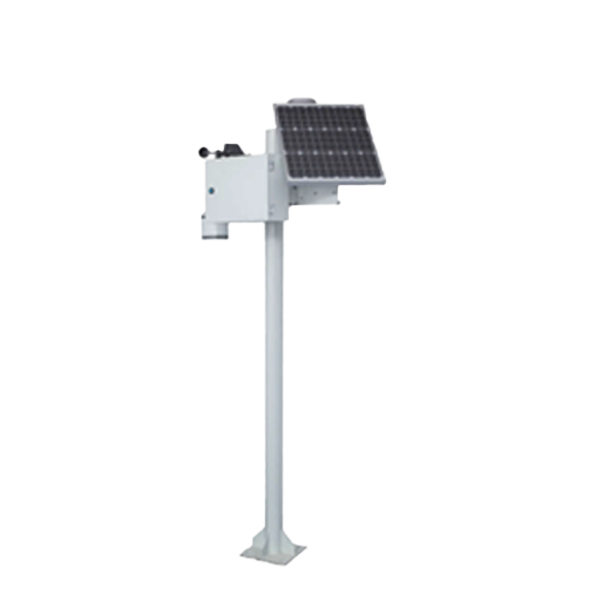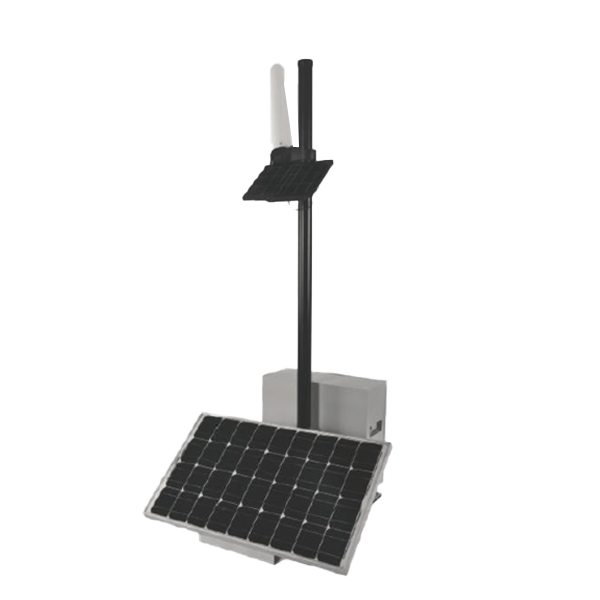hotline:020-29026320 |13903018415
-
-

Radiation detection instrumentation
-
HYGP-2223 exposure type X, γ radiation measuring instrument
-
HYGP-2223BX, gamma dose rate meter (with tripod)
-
FI-329M intelligent household nuclear radiation detector
-
HY-2000M digital multi-channel gamma spectrometer
显示更多 -
-

Laboratory Equipment
-
Radioactive distillation apparatus in water
-
2200Q portable turbidity meter
-
SPE Solid Phase Extraction Device
-
Portable spectrophotometer
显示更多 -
-

Portable environmental monitoring equipment
-
VOCs gas analyzer
-
Portable handheld VOC detector
-
Portable all-in-one multi-parameter analyzer
-
Dust detector
显示更多 -
-

Environmental online monitoring system
-
CM-WG8200 grid air quality detection system
-
On-line monitoring system for CM-VOCs-5000 volatile organic compounds
显示更多 -
-

UAV Online Environmental Monitoring
-
OS-2 UAV Electromagnetic Environment Monitoring System
-
Nuclear emergency radioactive source search UAV
-
UAV Monitoring System
显示更多 -
-

On-line Monitoring System of Electromagnetic Radiation
-
On-line Monitoring System of Electromagnetic Radiation
-
Automatic Monitoring System of HYEH460 Electromagnetic Radiation
-
HY-900A launch type radiation environment automatic monitoring station
-
OS-8 S Frequency Selective Electromagnetic Environment Online Monitoring System
显示更多 -
-
Unlocking the Secrets of Laboratory Equipment: How It Works
2025-06-18
Introduction: The Lab World Awaits
Ever walked into a lab and felt like you were stepping into a different universe? Well, you’re not alone! Laboratory equipment is the unsung hero of scientific discovery, and understanding how it works can be a game-changer. Let’s dive into the nitty-gritty of this essential gear and unravel its mysteries!
What Exactly is Laboratory Equipment?
In the simplest terms, laboratory equipment refers to the tools and devices that scientists use to conduct experiments, analyze samples, and gather data. Think beakers, microscopes, and centrifuges. These instruments are the backbone of any lab, allowing researchers to turn hypotheses into tangible results.
The Basics: Types of Laboratory Equipment
When it comes to laboratory equipment, variety is the spice of life! Here’s a quick rundown:
- Measurement Tools: Balances, pipettes, and thermometers help ensure accurate data collection.
- Heating Devices: Bunsen burners and hot plates are crucial for chemical reactions.
- Separation Equipment: Centrifuges and filters separate mixtures for analysis.
- Storage Containers: Beakers, flasks, and test tubes keep substances organized and safe.
How Do They Work? The Science Behind the Equipment
So, how does all this gear actually function? Let’s break it down:
1. Measurement Tools
Accurate measurements are crucial in any experiment. Balances use a system of weights and levers to determine mass, while pipettes employ suction to transfer liquids precisely. Talk about precision!
2. Heating Devices
Bunsen burners work on the principle of combustion. By mixing gas with air, they create a controlled flame perfect for heating substances. Hot plates, on the other hand, provide a more stable source of heat, making them ideal for simmering solutions.
3. Separation Equipment
Centrifuges spin samples at high speeds to separate components based on density. It’s like a high-speed merry-go-round for liquids! Filters, meanwhile, use materials with pores to trap larger particles while allowing liquids and smaller particles to pass.
4. Storage Containers
Beakers and flasks are designed with specific shapes to facilitate mixing and heating. Their unique structures allow for easier swirling and pouring, ensuring that no precious sample goes to waste.
The Importance of Proper Use and Maintenance
Okay, here’s the kicker: using laboratory equipment isn’t just about knowing how it works; it’s also about how to use it properly. Each piece of equipment has its quirks, and mishandling can lead to inaccurate results or even accidents.
Regular maintenance is essential too. Clean your tools after each use, calibrate them often, and store them properly. A clean lab is a happy lab!
Future Innovations in Laboratory Equipment
With technology advancing at breakneck speed, the future of laboratory equipment is looking bright. From automated systems that can perform complex analyses to smart devices that record data in real-time, scientists are on the brink of a new era. Can you imagine a world where experiments run themselves? Well, it’s not too far off!
Conclusion: Embrace the Lab Life!
So, there you have it! Laboratory equipment is not just a collection of tools; it’s a gateway to discoveries that can change the world. Whether you’re a seasoned scientist or a curious newbie, understanding how these instruments work can ignite your passion for science. Remember, the lab is a playground for the inquisitive mind—so dive in and start experimenting!

COOKIES
Our website uses cookies and similar technologies to personalize the advertising shown to you and to help you get the best experience on our website. For more information, see our Privacy & Cookie Policy
COOKIES
Our website uses cookies and similar technologies to personalize the advertising shown to you and to help you get the best experience on our website. For more information, see our Privacy & Cookie Policy
These cookies are necessary for basic functions such as payment. Standard cookies cannot be turned off and do not store any of your information.
These cookies collect information, such as how many people are using our site or which pages are popular, to help us improve the customer experience. Turning these cookies off will mean we can't collect information to improve your experience.
These cookies enable the website to provide enhanced functionality and personalization. They may be set by us or by third-party providers whose services we have added to our pages. If you do not allow these cookies, some or all of these services may not function properly.
These cookies help us understand what you are interested in so that we can show you relevant advertising on other websites. Turning these cookies off will mean we are unable to show you any personalized advertising.
online message
Telephone:13903018415(Manager Wang)
Business: 020-29026320
E-mail:wangxueli@haiyoukj.com
Address: Room 703, Tian 'an Innovation Building, Panyu Energy Saving Science Park, 555 Panyu Avenue North, Donghuan Street, Panyu District, Guangzhou

Sweep code attention

